It's common for homeowners to install epoxy floors in their basements and garages. These floors are super resistant to stains, damage, and are very easy to maintain. But how long does it take to install epoxy flooring? We have researched epoxy flooring to provide you with an answer.
Installing epoxy flooring can take anywhere from 5 to 10 hours depending on the size of the room. You'll first need to prepare the floor for the solution. Afterward, the epoxy will need time to try and cure, which can take 3 or more days.
If you're considering installing an epoxy floor in your home, it's helpful to understand the approximate cure time and the installation process overall. Continue reading to learn more about the curing time for epoxy flooring and the steps needed to complete the entire project.
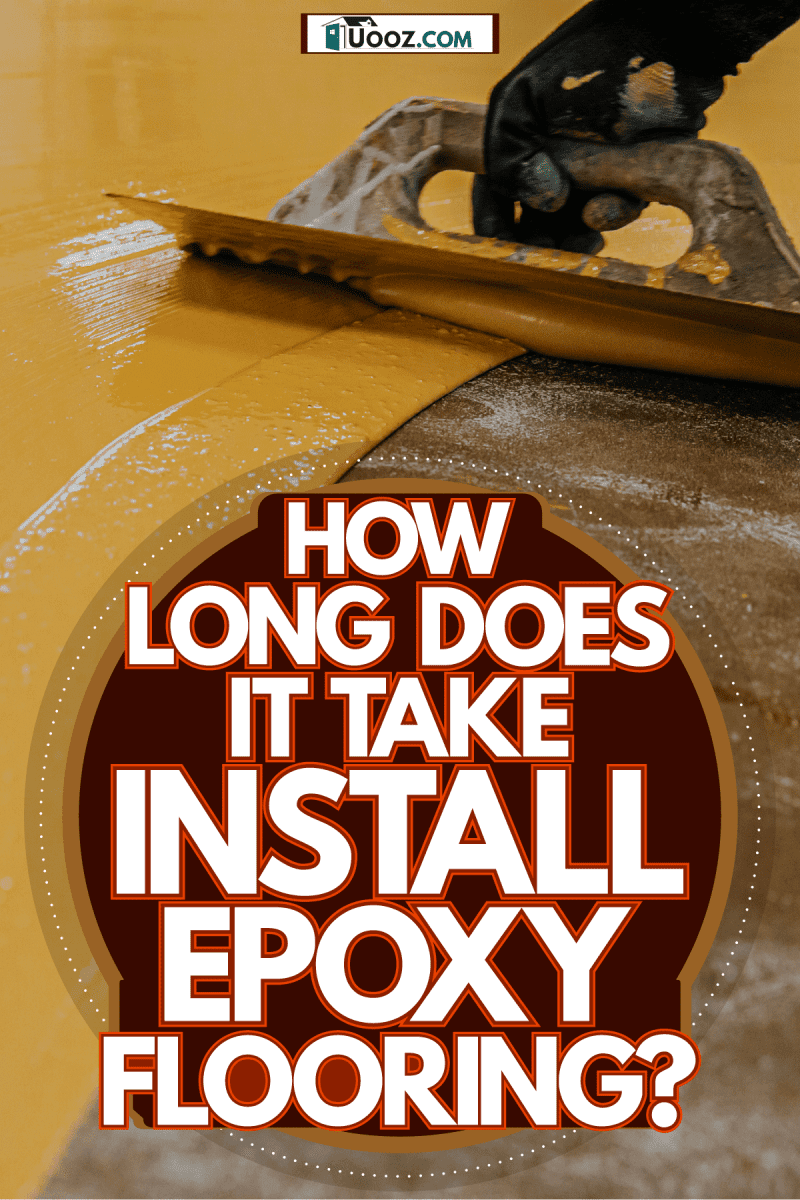
Process for installing epoxy floors
Installing an epoxy floor should always be planned ahead of time. You'll need to make a list of all of the tools and equipment for the project. Below is an overview of the installation process:
1. Cleaning and degreasing the floor
Before doing anything, installers must first clean and degrease the floor on which the epoxy solution will be installed. This includes sweeping the floor and then using a mop and wet-dry vacuum to remove any debris or grime. After that, they'll apply an effective degreaser to the floor using a stiff brush.
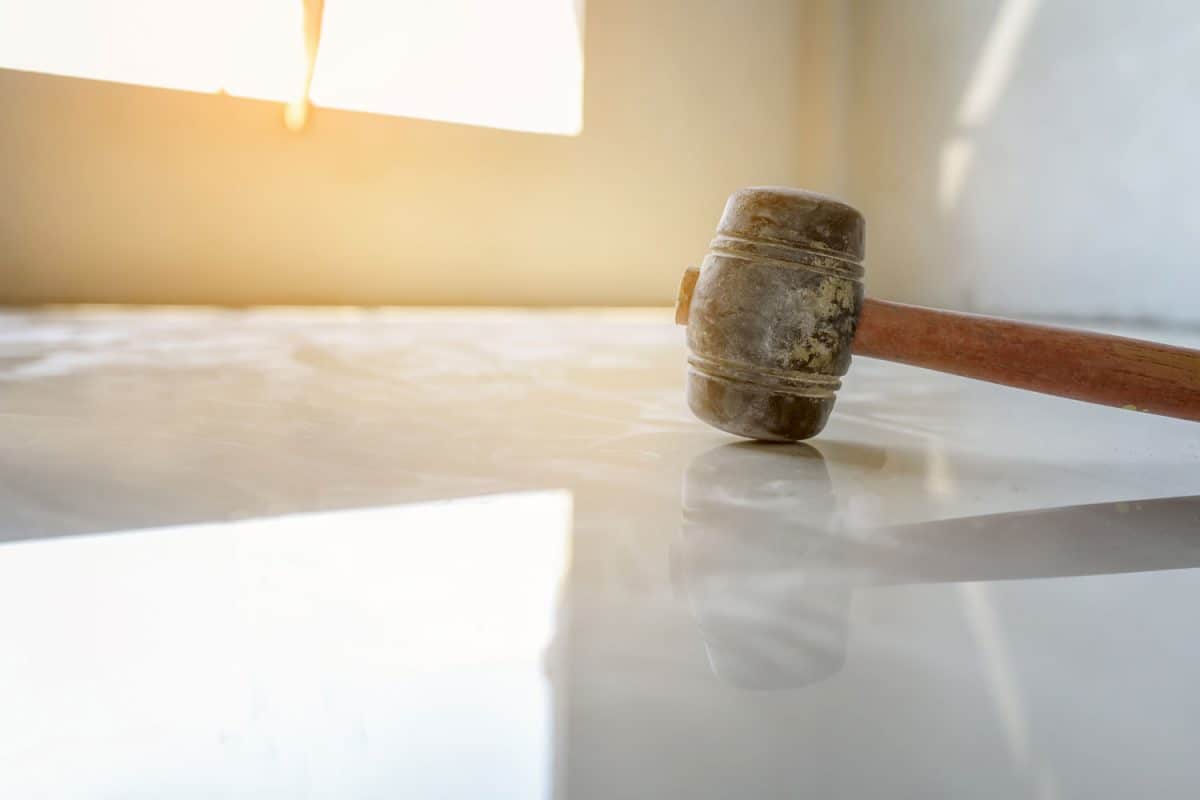
This will create a clean surface that will allow all the epoxy to adhere well. This process typically takes anywhere from 1 to 2 hours.
2. Concrete etching
More often than not, epoxy will be applied to concrete flooring. When this is the case, the concrete will need to be abraded using an etching solution—this is needed for a stronger bond. The etching acid opens up the pores of the concrete to help create a rougher surface for the epoxy.
Read more: What Happens If You Don’t Etch Concrete Before Epoxy?
This solution usually comes in a kit that requires dilution with water. Once the solution is poured onto the floor, it will foam and fizzle to abrade the concrete surface in a matter of minutes.
After about 15-30 minutes, the etching solution will be rinsed off, and the concrete will be left to dry over a period of several days.
Click here to see this etching solution on Amazon.
3. Room preparation
After the floor has been attached, the installer will usually apply painter's tape to the bottom of the wall as well as tarps or other types of plastic sheeting to the bottom areas of the wall. This will protect the wall from splashes during the epoxy application process.
In many cases, installers also remove the baseboards temporarily for easier access to the floor. The time it takes to prepare the room will vary depending on the size of the room. It will typically take a couple of hours or less.
4. Epoxy mixing
Before the epoxy can be applied to the floor, it must be mixed. The mixture is a two-part solution that contains resin and hardener. The two solutions are typically poured into a bucket and stirred for several minutes until mixed thoroughly.
The amount of solution needed will depend on the total square footage of the floor, with larger areas requiring more time for solution preparation and application.
Click here to see this epoxy solution on Amazon.
5. Application process
After the epoxy has been mixed, it can be applied to the floor. Note that installers have a specified amount of time to apply the epoxy to the floor before it hardens completely.
This time is lessened when the outside weather is hot—something worth noting if you plan to apply the solution in an outdoor garage. The solution can be applied using a typical paintbrush, roller, or floor mop. It's essential that the room has good ventilation as well.
Overall, the application process is pretty much the same for painting the floor. The edges of the floor will need to be cut in first before the middle areas are covered.
After the first coat of epoxy dries, installers will need to wait about 10-12 hours before applying another coat.
6. Drying and curing
After the final coat has dried, the epoxy will cure over a period of days. The time to cure will vary depending on the size of the room, temperature, and the number of coats applied. This period can take anywhere from 3-7 days.
How long does epoxy flooring last?
Epoxy flooring will typically last 10-20 years or more as long as it is maintained.
Is epoxy flooring easy to install?
The process for applying epoxy is relatively straightforward, and it's fairly similar to applying paint to a floor.
However, the etching process may be challenging if you aren't familiar with the procedure. The biggest challenge comes with knowing when to rinse the solution off the floor so that it doesn't damage it.
Sometimes it's best to go by the manufacturer's instructions, and other times you may need to remove it earlier or later than recommended. So it's best to keep a watchful eye on the floor to determine the best time for removal.
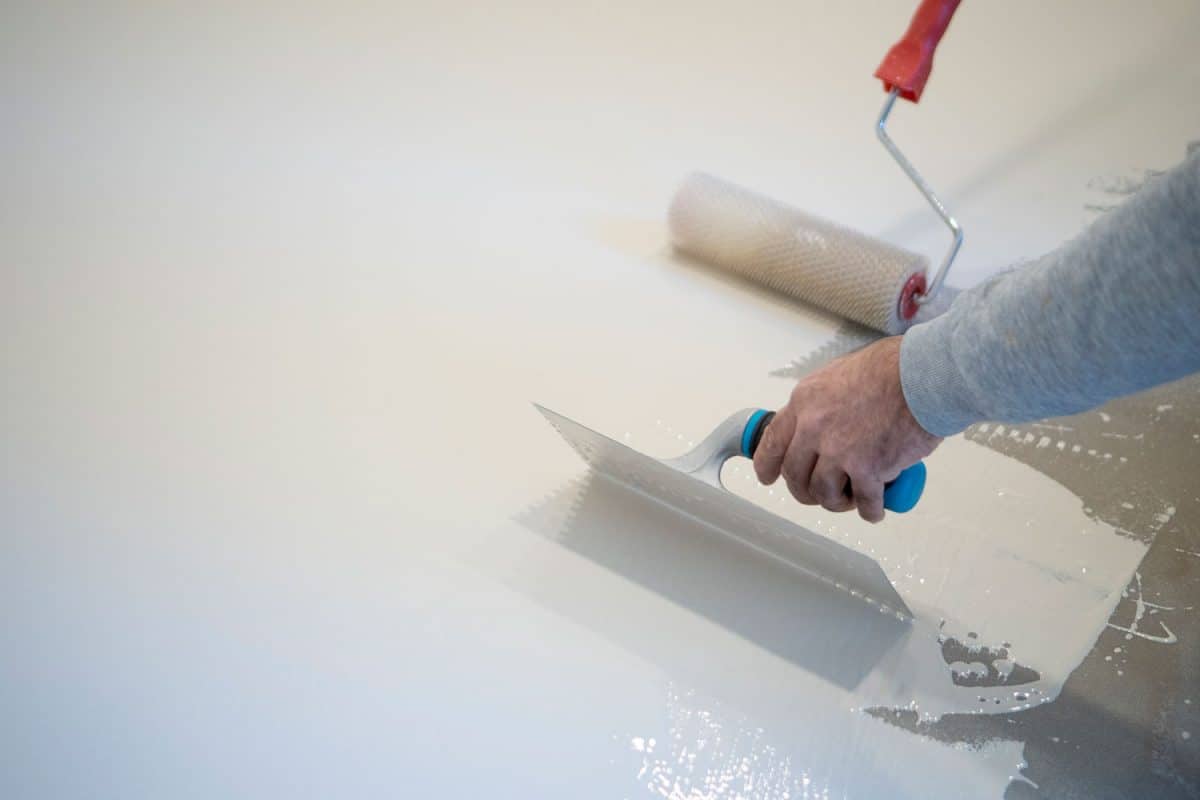
The biggest thing to remember in terms of application is to work fast and carefully all while ensuring the epoxy solution is covering the floor completely.
You only have a small window of time to apply the solution before it hardens, but you don't want there to be open areas where the solution wasn't applied. This can be prevented by applying one or two additional coats of epoxy.
How soon can you walk on epoxy flooring?
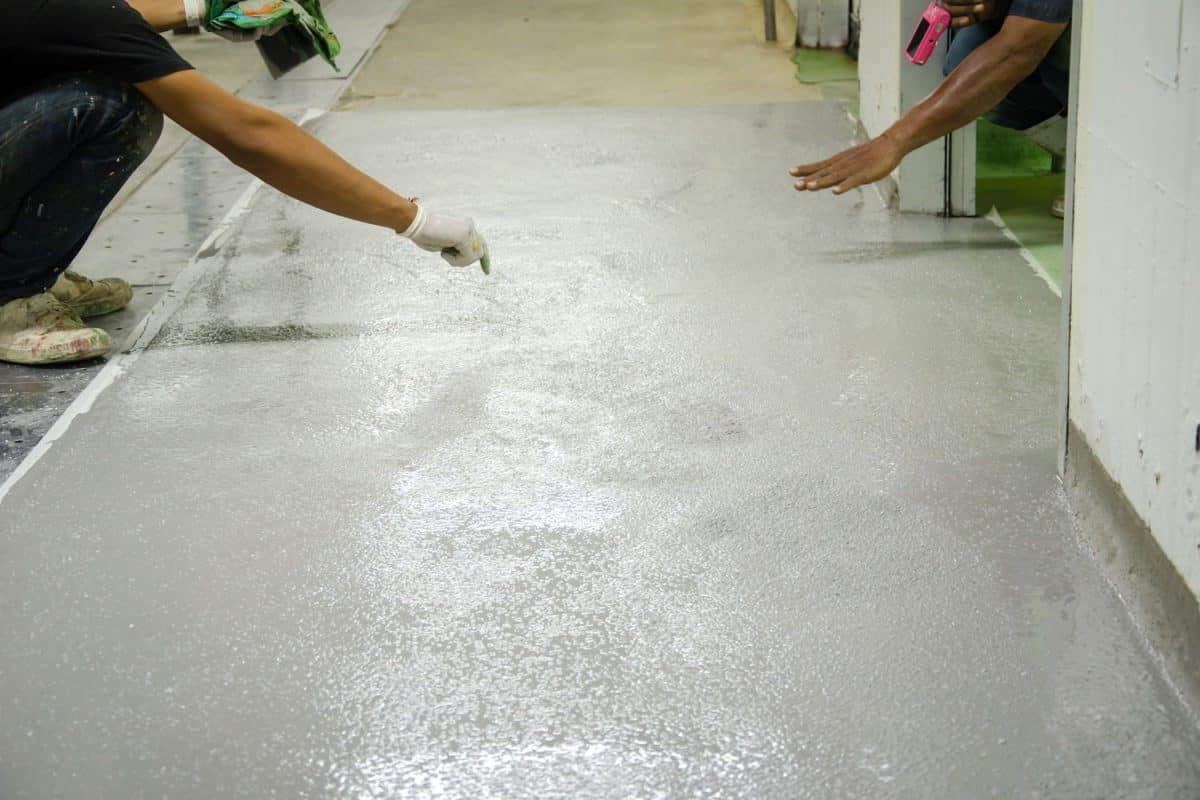
There are times when you may be able to walk on the floor before it has completely cured. Epoxy cures in phases. It can range anywhere from 36 to 72 hours after application. And the cure time will vary depending on a few factors such as temperature, number of applications, and epoxy brand.
However, there are times when you may need to walk on the floor before it is completely cured. Here's an overview of the various stages of the curing process and a guide on how much traffic the flooring may be able to stand during each one.
Phase 1
This phase is the first 10-12 hours after the last coat has been applied. During this time, the floors should be kept completely free of any and all traffic.
Phase 2
During phase 2, which is about 12-24 hours, the epoxy is hardening and may be able to handle a small amount of light traffic. If you need to walk across the floor to do patchwork, you can. But do not drag any tools or material across it, as this can easily damage the floor.
Phase 3
After a full 24 hours of cure time, you can start to walk on the floor a bit more. However, it's still not ready for heavy traffic or tools and equipment. But if you need to access the room or spend time in certain areas, it is typically okay to do so at this point.
Stage 4
After 72 hours or more, you can usually walk on the floor and allow regular traffic. You can also move any furniture that was moved out of the room back in. At this point, the hardened epoxy floor should be completely ready to withstand normal daily wear and tear.
How do you know when epoxy is fully cured?
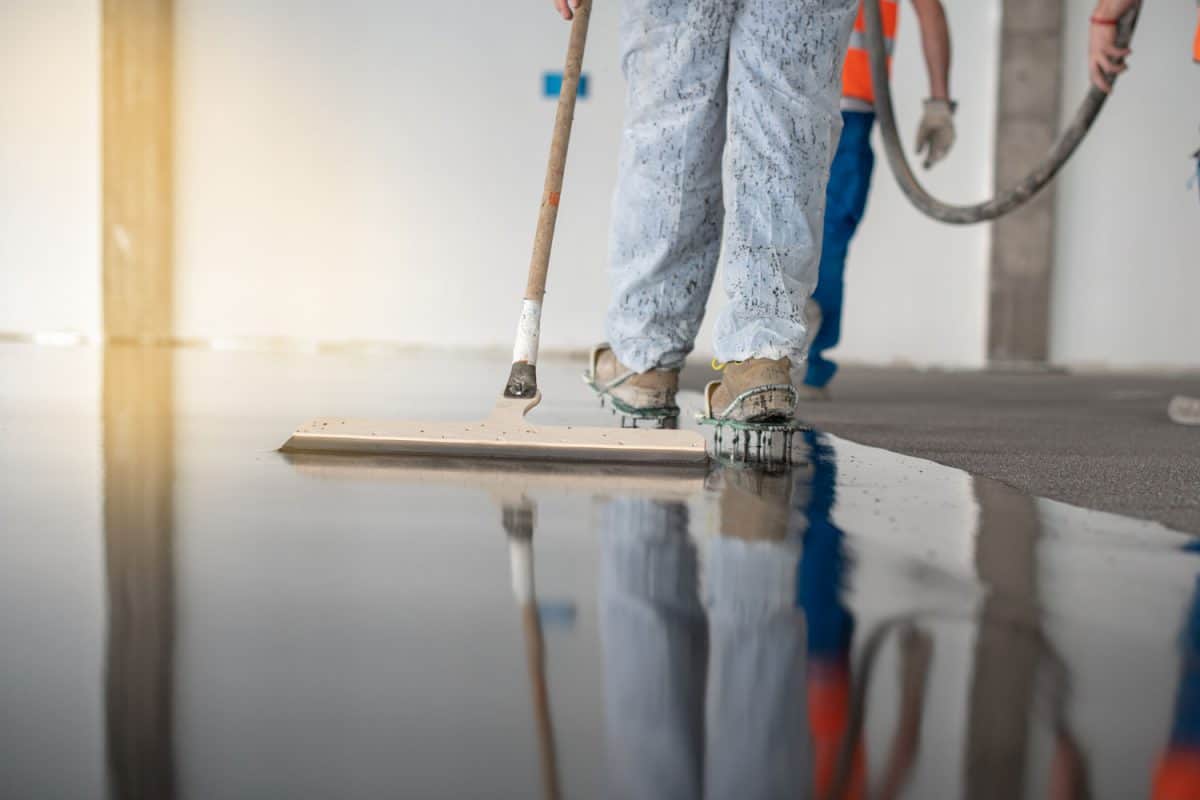
Typically, epoxy resin will cure fully after about 72 hours or more. The best way to determine the cure time is to keep a tab of the last coat's application time and date. You can also test the floor by placing your index finger on an inconspicuous area.
Press firmly on the floor to see if there is an indentation left behind. If there's an indentation, the floor has not yet cured. If it has completely hardened, the epoxy should be good to go. You can also use the edge of a putty knife for this test as well.
Wrapping things up
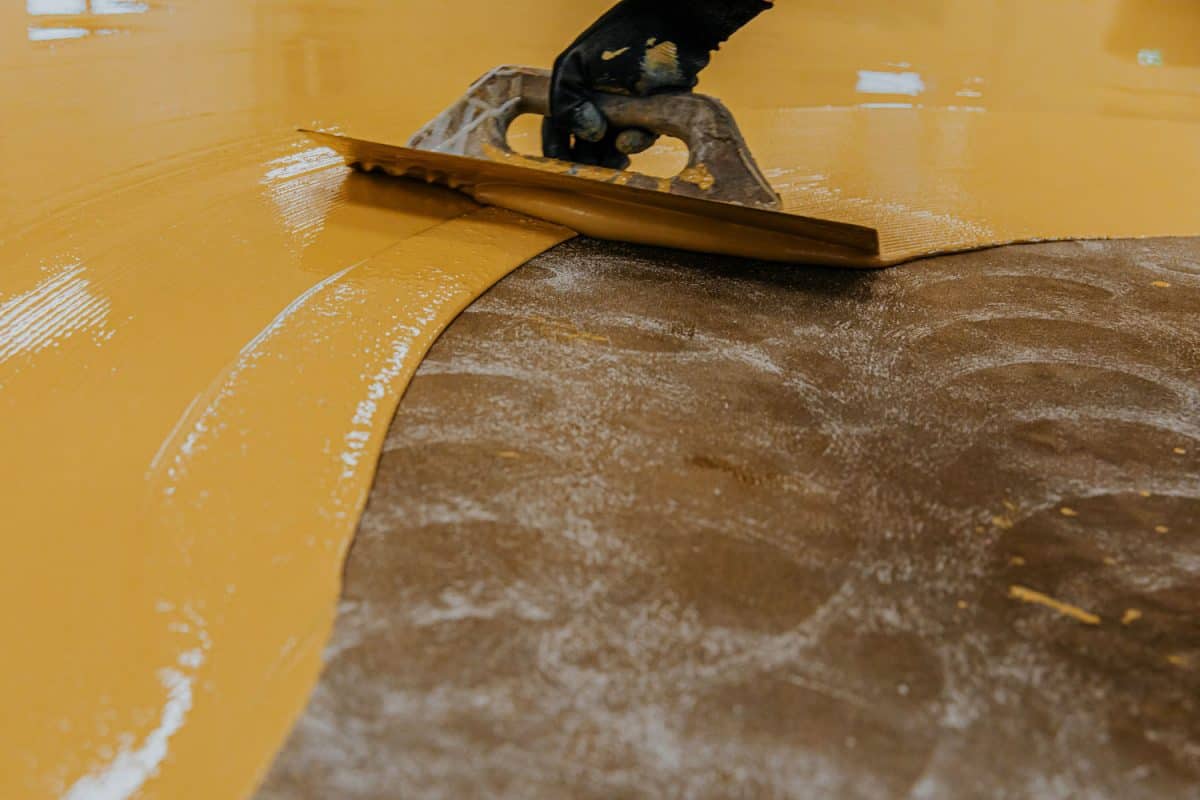
Installing an epoxy floor is a pretty involved process, and it's important to plan it out ahead of time carefully. Always test the new epoxy floor before resuming full traffic. Doing so will ensure that it cures fully and won't get damaged.
Before you go, be sure to check out these other posts:
Best Epoxy Coating Products For Concrete Floors [7 Fantastic Choices]



It sounds like there is a pretty complicated bonding process involved in epoxy flooring. I need to get my garage floor resealed. I’ll have to consider getting a contractor to do all of the work for me.